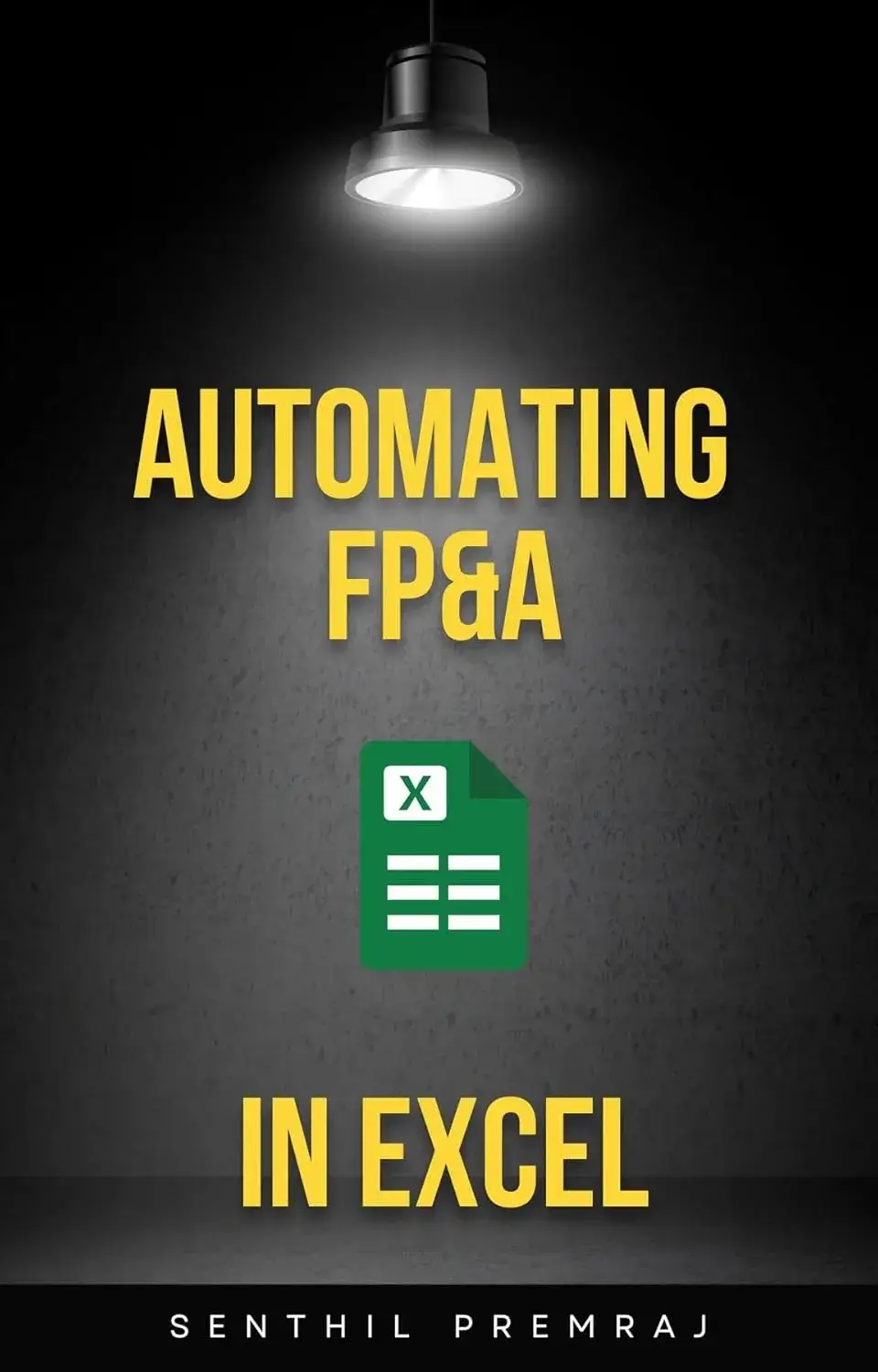Welcome to the PivotXL Documentation, your go-to resource for mastering PivotXL, an Excel-integrated FP&A platform. With PivotXL, we bring the full power of Excel and enhance it as a reporting framework and calculation engine, making financial planning and analysis seamless. Beyond leveraging Excel’s flexibility, PivotXL offers a suite of built-in features designed for uniting data from multiple sources, performing complex calculations, and generating actionable insights. Whether you’re looking to streamline budgeting, forecasting, or financial reporting, this documentation will guide you through unlocking the full potential of PivotXL.
👉 If you’d like a hands-on approach, check out our free course on PivotXL fundamentals. It walks you through the key concepts step by step.
Conceptual Overview of PivotXL
Before exploring the detailed functionalities of PivotXL, it is essential to understand the core principles that drive its value for finance teams. PivotXL is designed to transform financial data into actionable insights by unifying data, automating financial forecasts, and enabling business partnering through dynamic reporting.
- Unite Data from Different Sources – Financial data is often scattered across multiple platforms, including ERP systems, accounting software, and spreadsheets. PivotXL acts as a centralized data hub, integrating and structuring information from various sources into a unified data cube for seamless analysis and reporting.
- Unleash Our Calculation Engine – Accurate financial forecasting and KPI calculations are crucial for decision-making. PivotXL provides a powerful calculation engine that automates revenue projections, budget variance analysis, and performance tracking, ensuring finance teams always work with the most up-to-date insights.
- Actionable Reports, PPT and Web Dashboards – Finance professionals play a strategic role in guiding business decisions. PivotXL enhances business partnering by delivering real-time, interactive financial reports that enable executives, department heads, and stakeholders to collaborate effectively, driving data-driven strategies.
These foundational concepts set the stage for leveraging PivotXL’s advanced functionalities, empowering finance teams to enhance efficiency, accuracy, and strategic impact.
Lesson 1: Cube Creation
Description:
This lesson introduces the concept of cubes in data modeling and demonstrates the step-by-step process to create cubes, define dimensions within them, and add dimension members. It also explains the significance of time as a specialized dimension.
Topics Covered:
- Create a Cube
- Create Dimensions within Cube
- Create Dimension Members within Dimensions
- Create Time as a Specialized Dimension
Lesson 2: Time As A Specialized Dimension
Description:
We will delve deeper into the time dimension, as these allow for advanced configurations of automated calculations. Learn how to create specialized dimensions, such as Year-to-Date (YTD) and Year-to-Go (YTG). This lesson also covers adding advanced time metrics like closing months and multiple year-to calculations.
Topics Covered:
- Create Year-To: More than One Year-To
- Create Closing Month in Time
- Absolute Time
- Relative Time
- YTD, YTG, Q1, Q2, Q3, Q4, End of Year
- Bulk Mapping with Absolute and Relative Time
Lesson 3: Installing the Add-In in Excel
Description:
This lesson provides a straightforward guide on how to install and configure the PivotXL add-in in Excel to enable advanced functionalities for data management and visualization.
Lesson 4: Mapping Data With Excel
Description:
Understand how to create mappings in Excel using the PivotXL add-in. This lesson focuses on cell mapping, bulk mapping, and editing mappings for rows and columns. It also touches on creating charts that sync seamlessly with mapped data.
Topics Covered:
- Cell Map
- Bulk Map
- Editing Mapping with Rows and Columns
- Creating Charts in Excel
Lesson 5: Creating Roll-Ups
Description:
This lesson covers the creation of roll-ups by assigning dimension members, mapping roll-ups in Excel, and using multiple dimensions. You’ll also learn how to drill down into cell data for deeper insights.
Topics Covered:
- Assigning Dimension Members to Roll-Ups
- Mapping a Roll-Up in Excel
- Mapping Roll-Ups in Multiple Dimensions
- Drill Down into Cell
Lesson 6: Creating Filters
Description:
Learn how filters work in PivotXL and how to create filters for refined data selection and analysis in this lesson.
Lesson 7: Importing Data
Description:
This lesson explores how to import different types of data into PivotXL, including cell data, transactional data, roll-up mappings, and custom scripts for advanced scenarios.
Topics Covered:
- Import Cell Data
- Import Transactional Data
- Import Roll-Up Mappings
- Import Custom Scripts
Lesson 8: Task Management
Description:
Master the Task Management functionality in PivotXL, exploring both admin and user perspectives. This lesson covers creating, managing, and scheduling tasks, including support for draft and recurring tasks.
Topics Covered:
- Admin View
- User View
- Draft Tasks
- Recurring Tasks
Lesson 9: Creating Dashboards
Description:
Learn how to build interactive dashboards in PivotXL. This lesson covers table creation and the ability to drill down on tables for more granular insights.
Topics Covered:
- Creating Tables
- Drill Down on Tables
Lesson 10: Creating Charts
Description:
This series of lessons focuses on different chart types available in PivotXL, showing how to create and configure each to visualize data effectively.
Topics Covered:
- Line Charts: Design line charts for trend analysis and time-series data.
- Column Charts: Create column charts for comparing categorical data.
- Pie Charts: Develop pie charts to represent proportions and distributions visually.
Lesson 11: PowerPoint Presentation in PivotXL
Description:
Automate your presentation workflow with PivotXL! Easily create PowerPoint templates and configure the data that populates them. As your data updates, your PowerPoint reports refresh automatically, ensuring you always have the latest insights at your fingertips.
Topics Covered:
- How to configure powerpoint templates
- How to extract powerpoint reports
Lesson 12: PivotXL Calculations
Description:
Boost efficiency and accuracy in data analysis with PivotXL custom formulas. These dynamic and scalable formulas adapt to changing datasets, ensuring precise calculations across multiple data points.
Topics Covered:
- Calculation
- Group Calculation
Lesson 13: Managing Users
Description:
This lesson teaches you how to manage users within PivotXL, including creating and assigning roles, managing permissions, and implementing access controls for data security.
Topics Covered:
- Adding and Removing Users
- Managing Access Controls
- Auditing User Activity
Lesson 14: Limited Views for Users
Description:
This final lesson explains how to provide users with restricted access views in Excel, tasks, and the web dashboard. It ensures data confidentiality and operational focus for specific user roles.
Topics Covered:
- Limited Views in Excel
- Limited Views for Tasks
- Limited Views in the Web Dashboard



